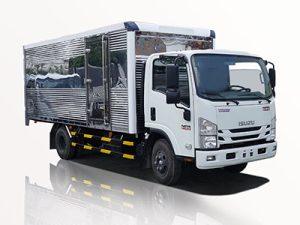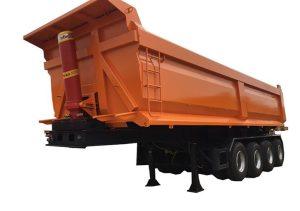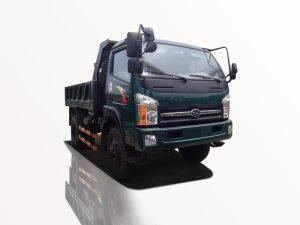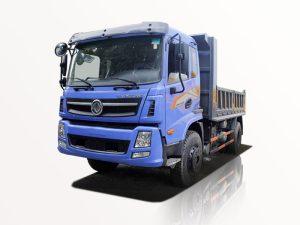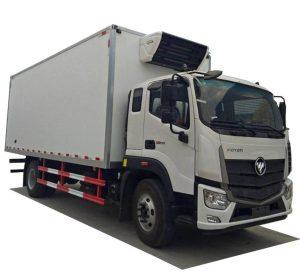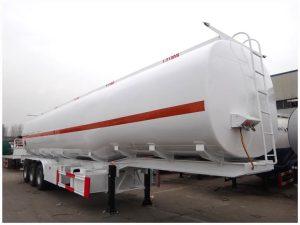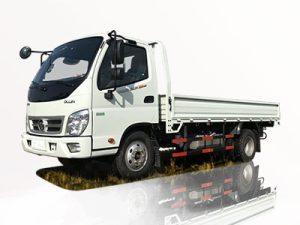Monday to Saturday - 8:00 -17:30
Understanding Trailer Surge Brakes: A Comprehensive Guide
Introduction
When towing heavy trailers, safety is a priority. Trailer surge brakes serve as an essential brake system designed to enhance control during braking. This article will explore the concept of trailer surge brakes, how they work, their advantages, types, maintenance tips, and more, providing you with a complete guide to understanding and utilizing this braking system effectively.
What are Trailer Surge Brakes?
Trailer surge brakes are an automatic braking system that uses the forward momentum of the trailer to activate the brakes. Unlike electric brakes, surge brakes do not require a manual connection to the towing vehicle’s braking system. They are typically used for boats, utility trailers, and larger loads, making stopping smoother and safer.
Mechanism of Surge Brakes
Surge brakes consist of a master cylinder and hydraulic brakes installed at the trailer’s wheel. When the towing vehicle slows down, the trailer’s inertia pushes the actuator towards the vehicle, compressing the master cylinder, which activates the brakes. This process creates a natural stopping motion without the need for an electronic signal.
Components of Trailer Surge Brakes
- Actuator: Activated by the movement of the trailer.
- Master Cylinder: Converts mechanical force into hydraulic pressure.
- Brake Assembly: Applies braking force to the trailer wheels.
- Safety Chains: Provide additional security between the towing vehicle and the trailer.
Advantages of Trailer Surge Brakes
Trailer surge brakes offer several benefits over traditional braking systems, making them a popular choice among trailer owners.
1. Automatic Operation
One of the most significant advantages of surge brakes is their automatic operation. Drivers do not have to engage a separate braking mechanism; the system activates as soon as the towing vehicle slows down.
2. Reduced Wear and Tear
Because surge brakes are activated based on the vehicle’s speed, they help reduce excessive wear on both the trailer and towing vehicle’s braking components.
3. Enhanced Safety
Surge brakes provide a smoother and more controlled stopping experience, particularly with heavy loads. This leads to improved safety for both the driver and other road users.
Types of Trailer Surge Brakes
There are two main types of surge brakes, each tailored for different trailer applications. Understanding these types can help you select the right one for your needs.
1. Single-Axle Surge Brakes
Single-axle surge brakes are suited for smaller trailers, such as utility and lightweight cargo trailers. These simple systems deliver adequate stopping power without the complexity of larger braking systems.
2. Tandem-Axle Surge Brakes
Tandem-axle surge brakes are used in larger trailers, such as boats and RVs. They provide superior stopping power and stability, important for controlling larger loads.
Choosing the Right Surge Brake System
Selecting the appropriate surge brake system requires consideration of various factors such as trailer weight, usage, and frequency of towing.
1. Evaluate Your Trailer’s Weight
Ensure that the surge brake system you choose can handle the maximum weight of your trailer, including any cargo. Most surge brake systems will have weight ratings that can guide your selection.
2. Consider the Type of Towing Vehicle
The braking capacity of your towing vehicle plays a significant role. Match the surge brake system to the capabilities of your vehicle to ensure efficiency.
3. Check State Regulations
Different states may have specific regulations regarding trailer braking systems. Familiarize yourself with these rules to avoid penalties and ensure compliance.
Installation of Trailer Surge Brakes
Installing trailer surge brakes might seem daunting, but with the right tools and guidance, it can be a straightforward process. Follow these steps for proper installation.
1. Gather Your Tools
Before starting the installation, ensure you have the following tools:
- Wrenches
- Screwdrivers
- Drill
- Measuring Tape
- Torque Wrench
2. Remove Old Braking Components
Start by safely removing the old braking system. This may include disconnecting the hydraulic lines and unbolting the brake assembly.
3. Install the Actuator
Mount the actuator on the trailer’s tongue per the manufacturer’s specifications, ensuring secure positioning for optimal performance.
4. Connect the Hydraulic Lines
Attach the hydraulic lines from the actuator to the master cylinder, making sure all connections are tight to prevent leaks.
5. Install the Brake Assembly
Position the brake assembly on each wheel, securing it with bolts and ensuring it is aligned correctly.
6. Test the System
Before taking the trailer on the road, conduct a thorough test of the surge brake system to ensure it works as intended.
Maintenance of Trailer Surge Brakes
Regular maintenance is crucial to ensure the longevity and effectiveness of your trailer surge brakes. Here are some essential maintenance tips.
1. Inspect Hydraulic Fluids
Check the hydraulic fluid levels regularly. Low levels can affect braking performance, so top up as necessary using the manufacturer’s recommended fluid.
2. Check for Wear and Tear
Inspect the brake assembly for any signs of wear, such as cracks or corrosion. Replace components as needed to ensure optimal operation.
3. Test the Brakes Regularly
Conduct routine brake tests to ensure everything is functioning correctly, preventing any unexpected failures during use.
4. Clean the Components
Keep all braking components clean and free of debris. This will help maintain performance and prolong the system’s lifespan.
Practical Tips for Using Trailer Surge Brakes
Here are some practical tips to enhance the experience of using your trailer with surge brakes.
1. Practice Safe Towing Speeds
Adhere to recommended towing speeds, especially when carrying heavy loads. Lower speeds can improve stopping distances significantly.
2. Distribute Weight Evenly
Ensure that the load is evenly distributed across the trailer. This will prevent swaying and enhance overall stability while towing.
3. Familiarize Yourself with Your Trailer
Take the time to understand how your trailer and surge brakes respond in different driving conditions to improve your handling and control.
4. Use Proper Sway Control
If towing larger trailers, consider investing in sway control systems to complement your surge brakes and ensure better stability.
Common Issues with Trailer Surge Brakes
While surge brakes offer a range of benefits, they can also encounter issues. Understanding these common problems can help you troubleshoot effectively.
1. Brake Lock-Up
This can occur if the actuator is malfunctioning. If your trailer brakes lock up, inspect the actuator and hydraulic lines for issues.
2. Uneven Braking
Uneven brake response may indicate a problem with the brake assembly or hydraulic lines. Regular maintenance and inspection can prevent this issue.
3. No Braking Force
If the surge brakes aren’t working, it could be due to low hydraulic fluid levels or a disconnected line. Always check these before hitting the road.
Frequently Asked Questions (FAQs)
What is the difference between surge brakes and electric brakes?
Surge brakes operate automatically based on the trailer’s momentum, while electric brakes require a connection to the towing vehicle’s brake controller to function.
How do I know if my surge brake system needs maintenance?
Signs that your surge brake system may need attention include a decrease in braking efficiency, unusual noises during braking, or visible wear on the brake components.
Can I install surge brakes on any trailer?
Surge brakes can be installed on many trailers, but it’s essential to check compatibility, especially concerning the trailer’s weight and design characteristics.
How often should I replace the hydraulic fluid?
It’s generally recommended to check and replace hydraulic fluid annually, or more frequently if you use your trailer often.
Are surge brakes legal in all states?
While surge brakes are commonly used, regulations vary by state. Always check local laws to ensure compliance with towing and braking regulations.
What weight capacity do surge brakes typically support?
Surge brakes vary in capacity, generally ranging from 1,000 to 8,000 pounds. Always select a brake system that meets or exceeds your trailer’s weight requirements.


